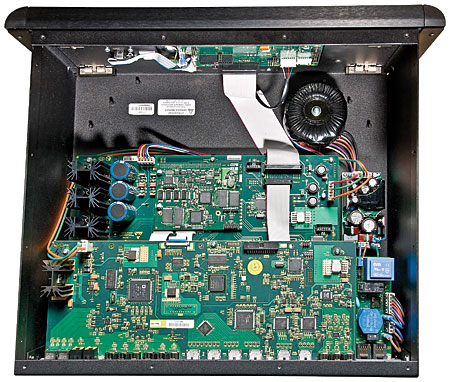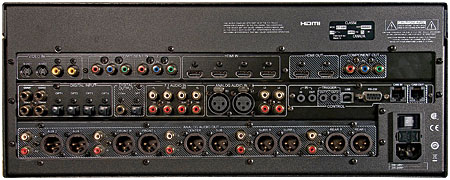In the revie of the Clasé CT-5300 you wrote "Into 4 ohms, the amplifier consistently engages protection at 190.0 watts and cannot be driven further."
My home theater speakers are Kef 205/2 as left/right front; Kef 204/2 center and Kef 201/2 suround. The nominal impedance is 8 ohm and the minimum impedance is 3.2 ohm.
How does tha restriction quoted afect the performance of the CT-5300?

 The backlit remote is a minimalist, carved-out-of-a-billetof-steel (well, thick aluminum at least) affair that feels right
in your hands. For being so minimalist, though, it gives you access to some key features that are often either buried or nonexistent on the huge multi-function remotes that come with most AVRs. For instance, both lip sync correction and Night mode have their own buttons. In the case of lip-sync issues, if you have a particular source component that exhibits a consistent audio delay, you might not even need the remote’s lip sync feature. You can add audio delay to any source (or different delays to different sources) in the CT-SSP’s configuration.
The backlit remote is a minimalist, carved-out-of-a-billetof-steel (well, thick aluminum at least) affair that feels right
in your hands. For being so minimalist, though, it gives you access to some key features that are often either buried or nonexistent on the huge multi-function remotes that come with most AVRs. For instance, both lip sync correction and Night mode have their own buttons. In the case of lip-sync issues, if you have a particular source component that exhibits a consistent audio delay, you might not even need the remote’s lip sync feature. You can add audio delay to any source (or different delays to different sources) in the CT-SSP’s configuration.





































































